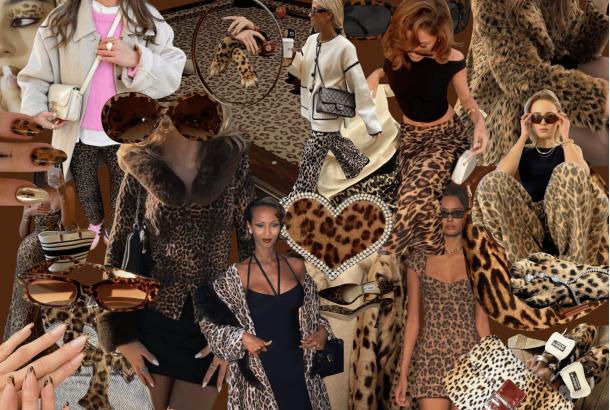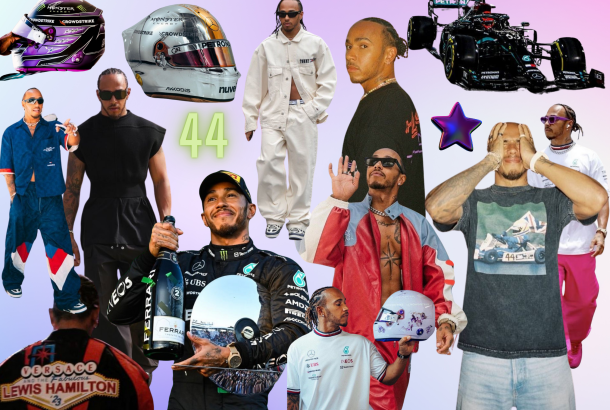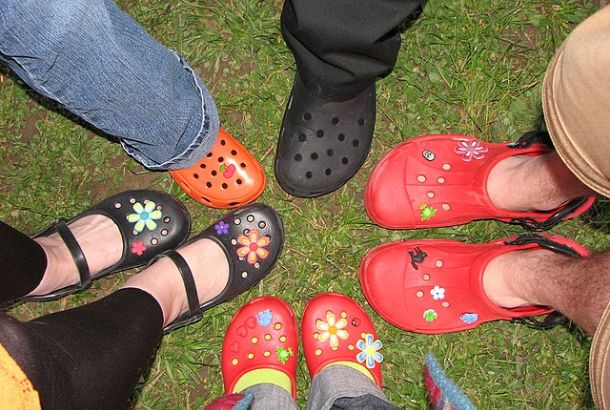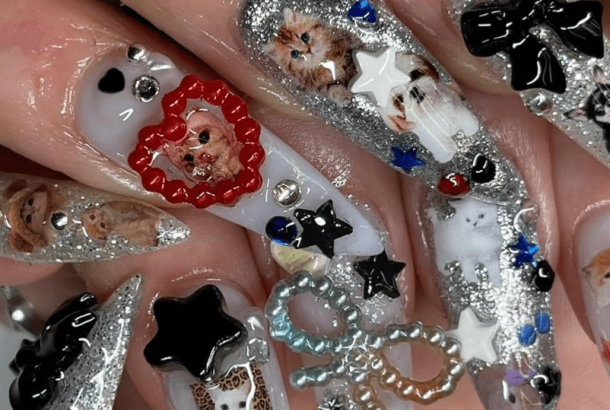Are fashion magazines behind the times?
Fashion magazines are the epitome of contemporary media. We look to fashion and lifestyle magazines for what to wear, how to act, and even what to eat. So the question we must ask ourselves is how some of these magazines are able to follow every inspiring idea, every pencil stroke of every popular designer, yet still haven’t grasped the crucial concept of modern diversity.
Take Vogue for example, the fashion bible, launched in 1916 yet waited fifty years to publish their first black model on their cover. A recent uproar in the media concerns Jordan Dunn as the first black model to grace Vogue’s cover in twelve years. In 2013, models Naomi Campbell, Iman, and Bethann Hardison wrote a letter to Vogue expressing their outrage: “No matter the intention, the result is racism. Not accepting another based on the colour of their skin is clearly beyond aesthetic”. However, during these twelve years various non-white iconic celebrities such as Beyoncé and Rihanna have featured on the covers of Vogue. A concept that has become an issue is that of ‘whitewashing’. Whitewashing is the idea of transforming celebrities with a more multicultural background into the lighter-skinned, straighter-haired versions we see now, in order to create the ‘perfect image’ in the eyes of today’s society and in some cases coloured contacts and ‘shrinking’ is used to make the body appear slimmer.
It is obvious how much we are influenced by what’s on the cover of magazines. They set the trend of what’s hot and what’s not, particularly in the weight department. Different cultures bear varying perceptions of the ideal body image. For example, research shows that the ideal woman in Black and Latina cultures has feminine curves, big hips, and a big bosom, none of which are normally shown on UK models. Models are made to disown what is desirable in their own culture in order to conform to the dominating white ideal that the UK has obsessed over for so long, in order to become ‘beautiful’. We are fed images that form our idea of what is perfect. Not exposing the readership of fashion magazines to multicultural faces on their pages means we are in danger of distorting our own vision of what is the social norm, inevitably encouraging, perhaps subconsciously, racism and ignorance among the impressionable minds of our country’s youth.
High fashion magazines such as Vogue set these criterion because they can. However, with growing immigration and multiculturalism, the western world is flourishing with diversity and many companies are failing to reflect this through the mainstream media. Jordan Dunn told The Guardian in 2013: “People in the industry say that if you have a black face on the cover of a magazine it won’t sell”. But is this really because of the buyers or the prejudices that have been fabricated by the industry? Maybe companies which have such a large impact on the fashion industry should consider more carefully how much their covers affect society’s acceptance of those who might look a bit different from ourselves.







